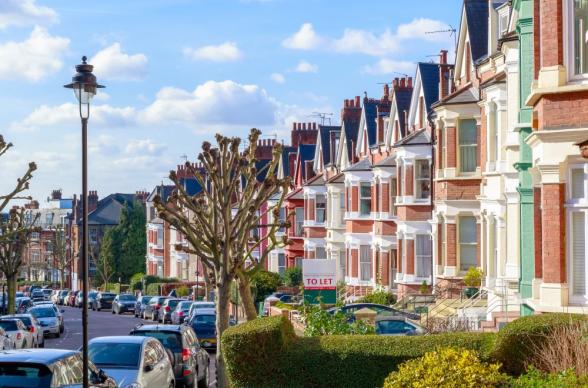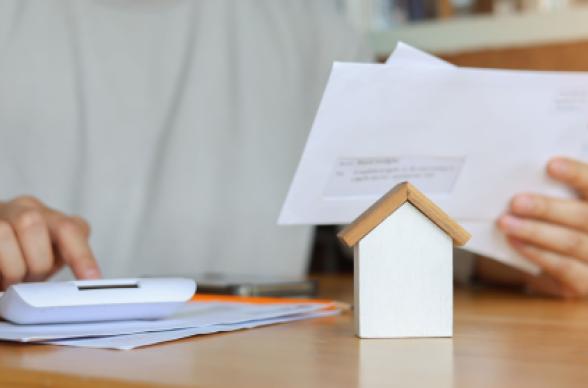What is malicious damage, and how can landlords protect their property?
You cannot predict malicious damage. However, understanding what it is, how to potentially prevent it, and who is responsible for covering the costs associated with it can help you protect your property.
What is malicious damage?
Malicious damage is intentional damage done to a property without the owner’s consent. This can include vandalism, arson, or deliberate destruction of property. For example, if someone spray-paints your property with unwanted graffiti.
Accidental damage, on the other hand, is unintentional damage that occurs without malicious intent. For example, kicking a football through your window or spilling wine on your carpet.
Common causes of malicious damage
Malicious damage can happen for various reasons. Understanding these can help you avoid it.
Causes of malicious damage can include:
- Tenant disputes – landlord-tenant conflicts can escalate, resulting in the tenant deliberately damaging the property.
- Vandalism – this can be random and untargeted, including acts like graffiti, breaking windows, or property damage.
- Break-ins – thieves may cause damage while illegally entering the property, breaking doors or windows.
Malicious damage can be caused by tenants or third parties
Malicious damage caused by tenants
Tenants are typically responsible for any malicious damage they do to the property, including damage caused by their guests.
Landlords might use the tenant’s security deposit to cover the cost of repairs for malicious damage caused by tenants. If the deposit is insufficient, the tenant may be required to pay the remaining amount.1 (external link)
Malicious damage caused by third parties
If malicious damage is caused by third parties, such as vandals or burglars, the landlord is typically responsible for repairs. However, if the perpetrator is identified, the landlord may pursue legal action to recover the costs.2 (external link)
How can landlords protect their property from malicious damage?
You can’t predict malicious damage, but you can attempt to protect your property against it.
Preventative measures against malicious damage can include:
- Security systems – cameras can deter potential vandals and burglars, and alarm systems can alert you and the authorities of unauthorised entries.
- Property lighting – well-lit properties can be less attractive to vandals and burglars.
- Regular property inspections – regular inspections can help landlords identify and address potential issues before they escalate, showing tenants they are proactively maintaining the property.
- Insurance that covers malicious damage – this can provide financial protection and peace of mind if preventative measures fail.
Accidental and malicious damage by tenants to buildings is included as standard with Hiscox landlords insurance.
Our cover can pay the cost of rebuilding or repairing buildings at the insured premises and for the repair or replacement of contents if cover for contents is selected, following physical loss or damage caused by malicious damage.
Please refer to the policy documents for the full list of inclusions and exclusions for this cover. Policy documents are available when purchasing online. You can also contact the Hiscox services team for more information.
Tell us about your landlord business – we’ll build your quote and explore your insurance needs.
Start your quoteRelated guides & FAQs
Disclaimer:
Our FAQ pages provide general information and background around the topic covered. FAQ pages are reviewed and monitored periodically by our insurance experts. But the content is not intended to be read as advice and any material is for general information purposes only. If you would like advice for any content, please seek professional assistance.


